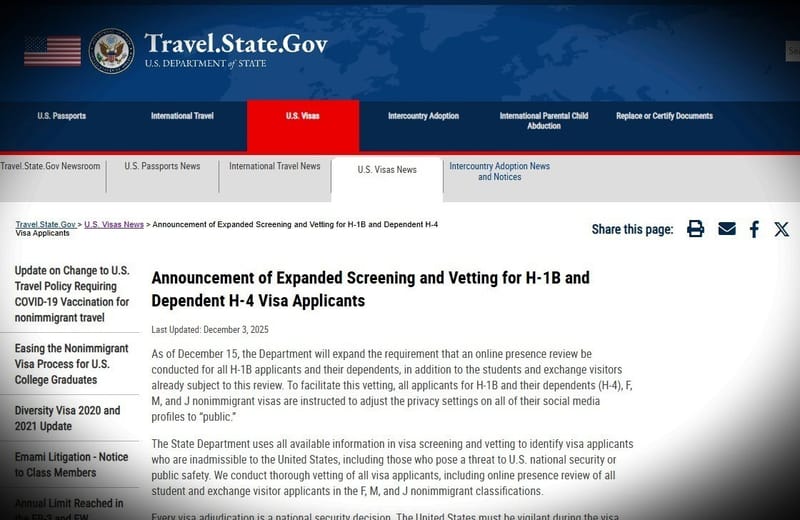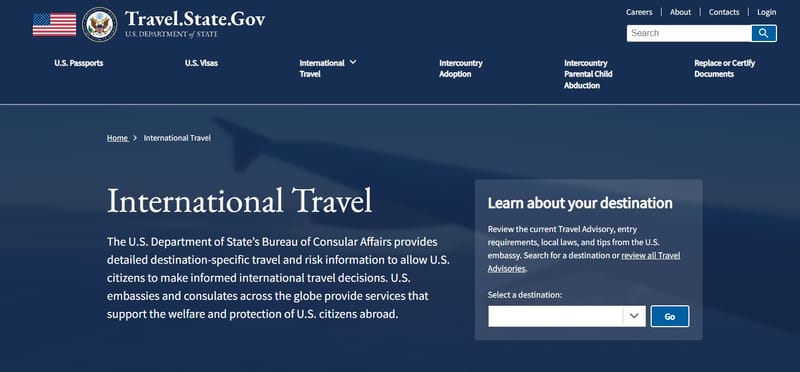The $100,000 H-1B Fee: Unpacking its Meaning and Impact on Domestic Wages
The proposed $100,000 H-1B fee underscores a long-debated aspect of the program: its significant, and arguably intended, impact on suppressing domestic STEM worker wages.
Subscribe to our newsletter and stay informed about latest H1B news, policy updates and and other developments.
Article Summary
The article discusses a proposed $100,000 H-1B visa fee, arguing it tacitly acknowledges the program's potential to depress domestic wages. It traces the H-1B's origins to the Immigration Act of 1990, suggesting its intent was to interfere with wage-clearing mechanisms for U.S. STEM workers. The author calculates that H-1B and OPT programs combined represent about 5% of the U.S. STEM labor force, a significant shift in labor supply.
Original Article: nakedcapitalism.com
[ Sentiment: negative | Tone: factual ]
This summary and analysis were generated by TheNewsPublisher's editorial AI. This content is for informational purposes only; it does not constitute legal or immigration advice.
[ Sentiment: negative | Tone: factual ]
This summary and analysis were generated by TheNewsPublisher's editorial AI. This content is for informational purposes only; it does not constitute legal or immigration advice.
TNP AI: Key Insights
This proposed fee signals a potential shift in policy acknowledgment regarding the H-1B's economic effects, moving beyond simply addressing 'talent gaps' to overtly recognizing its impact on wage dynamics for skilled professionals. For employers, this could mean increased operational costs and pressure to re-evaluate global talent strategies, potentially accelerating the shift of work to offshore centers.
The article provides crucial historical context, suggesting the H-1B program's foundational premise was to influence wage growth, which reframes current debates. This historical lens implies that future policy discussions will likely continue to grapple with the tension between filling skilled labor needs and protecting domestic wages, potentially leading to more direct policy interventions or legal challenges from labor groups. While the article doesn't directly compare to other countries, the discussion of companies considering shifting work to India highlights the global competition for talent, suggesting such a fee could make the U.S. less attractive for certain skilled roles compared to countries actively recruiting tech talent.




